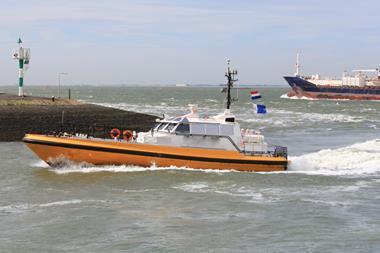NETHERLANDS - The €1.7bn pension fund for the Dutch food products industry returned 14.4% on investments, but lost 9.6 percentage points due to a 115% hedge of the interest risk on its liabilities.
The scheme's hedge against currency risks also dragged on returns due to the rise of the British pound against the euro, according to its annual report for 2009.
At year-end, its coverage ratio was 117% - including 4.5 percentage points for increased longevity.
However, Bart Onkenhout, the scheme's director, said the coverage ratio had dropped to 110% at the end of June due to decreasing interest rates.
The scheme was able to grant an indexation of 1.35% to its 74,665 active participants and 0.22% to its 171,160 deferred members and 8,185 pensioners, respectively, last year.
Given the result of last year's interest hedge, the board of the Stichting Pensioenfonds voor het Levensmiddelenbedrijf said it lowered its interest hedge to 90%.
Onkenhout added: "The extensive interest hedge has contributed positively to our results during previous years, but it has been counter-productive during rising interest rates."
The pension fund indicated it was also taking rising interest rates and inflation into account and aimed to increase its allocation to inflation-linked bonds.
Following a self-evaluation, the board said it appointed an external expert in the scheme's investment committee and had decided to commission future asset-liability management studies to a third party.
It also said it had started exploring options for co-operation with similar pension funds.
Onkenhout said the scheme discontinued its tactical asset allocation (TAA) after losing "a couple of million euro" through its TAA policy, which ran for a year and a half.
"Moreover," he added, "we didn't have sufficient faith in the investment philosophy of our manager."
The pension fund said it replaced its TAA with a "completion policy", aligning its portfolio with a floating benchmark on a monthly basis.
The scheme reported a 3% return during the first six months of 2010.
However, during this period, it lost 2.5% through its currency hedge, following a falling euro.












No comments yet